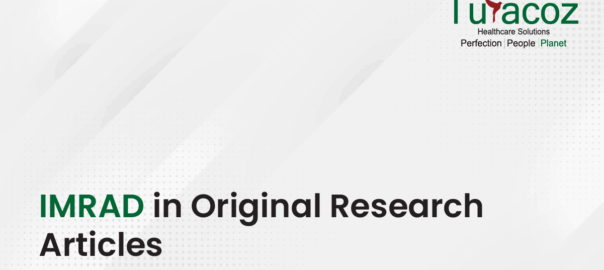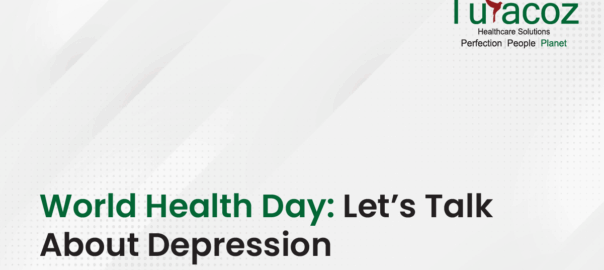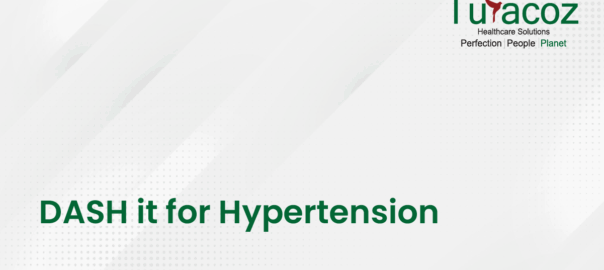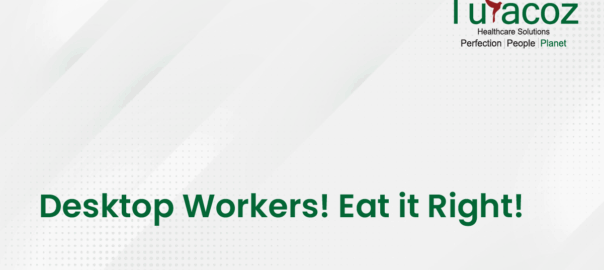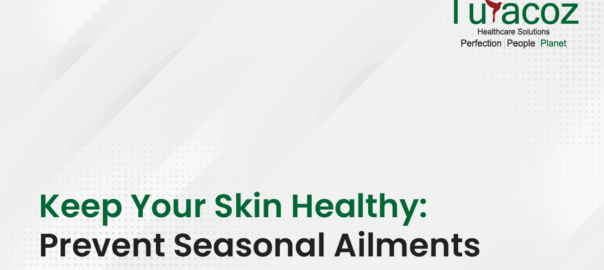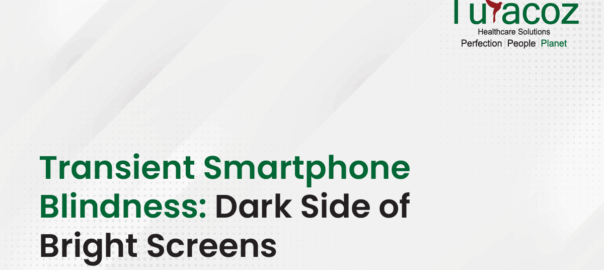IMRAD is nothing but the acronym used for the 4 basic sections of an original research article, namely Introduction, Methods, Results, and Discussion. Any original article must include these 4 essential parts. Diagrammatic representation of IMRAD is depicted in Figure 1. Each of these sections are designed to answer certain questions as described below.
Introduction – Why was the study carried out? What is the specific question to be answere d? What is already known, and what is being sought? What is the specific objective?
d? What is already known, and what is being sought? What is the specific objective?
Introduction must be written in present tense. It must start with broad topics and gradually narrow down to the precise study topic. Thus, this section must provide the background information, set the stage for the article, and build-up the reader’s interest. It must highlight how the study intends to fill-in the existing gaps and what it will add to the current knowledge that already exists.
Figure 1. Diagrammatic Representation of IMRAD
Methods – When, where, and how was the study conducted?
Methods must be written in past tense. This section must clearly describe how the study was designed and carried out, what was the sample, and how it was collected. Procedures conducted must be described comprehensively in a chronological order. The methods section must describe the outcomes being evaluated in the order of their relevance to the research question. Statistical analysis methods used must also be described here. Methods must be presented such that the process could be reproducible.
Results – What was found?
Results must be written in past tense. This is the most important part of any research article as it provides answers to the questions asked in introduction section. Results must be presented in a simple structured way so that they are easy to read and understand. Tables and figures must be included to present the results. If required, results can be organized in subsections. All outcomes must be reported in this section in the same order in which they have been mentioned in the methods section of the article. Results must be only reported in this section and not interpreted or discussed. Specific statistical data such as p-values must be included.
Discussion –
What do the results mean? How do the results compare with the existing published literature? What are the implications and future directions?
Discussion must be written in both present and past tense. Established knowledge must be written in past tense and discussion of current results must be written in present tense. This is the most difficult section to write as the author must put everything together in a comprehensive way and should attempt to draw conclusions from the results obtained. Results must be discussed here with an emphasis on the most significant observations. These observations must then be compared with previously published similar studies. Strengths and limitations of the study must be mentioned. Some speculative discussion can be included, which can serve as the source for future research.
Discussion section can be followed by conclusion section where the overall findings can be summarized succinctly.
We, at Turacoz Healthcare Solutions (THS), provide customized medical communication support. Our wing, Turacoz Skill Development Program (TSDP), provides training solutions in various forms to help the healthcare and pharma professionals improve their skills. Although medical writing is a skill and one gets better at it only by practice, equipping oneself with certain basic tools would be a very good start. Here, we share the basic concept of IMRAD in original research articles, which will help budding writers to understand the importance of following this structure while developing manuscripts.

